Sigoljeonjip (시골전집)
2.1Km 2021-03-19
123, Jong-ro, Jongno-gu, Seoul
+82-2-742-8525
This Korean cuisine is located near Jongno 3(sam)ga Station, Seoul. The representative menu is seafood and green onion pancake. Enjoy delicious food at affordable prices.
Well-being Sujebi (웰빙수제비)
2.1Km 2021-03-26
123, Jong-ro, Jongno-gu, Seoul
+82-2-747-2436
A hidden restaurant frequented by workers in Jongno. The best menu at this restaurant is hand-pulled dough in perilla seed soup. This Korean dishes restaurant is located in Jongno-gu, Seoul.
Dowon Masan Agujjim (도원마산아구찜)
2.1Km 2021-03-22
438, Samil-daero, Jongno-gu, Seoul
+82-2-765-4009
A restaurant frequented by many celebrities. This Korean dishes restaurant is located in Jongno-gu, Seoul. The representative menu is spicy braised monkfish.
Seusiya (스시야)
2.1Km 2021-03-22
43, Supyo-ro, 20-gil, Jongno-gu, Seoul
+82-2-2268-8775
A restaurant that sells various Japanese dishes from sashimi course meal to stew. This Japanese (cuisine) restaurant is located in Jongno-gu, Seoul. The most famous menu is assorted sushi.
Centro Comercial de Joyas de Jongno 3-ga (종로3가 귀금속 전문상가)
2.1Km 2025-04-07
Jong-ro 3-ga, Jongno-gu, Seúl.
02-2148-1114
Gyerim Maneuldak (계림마늘닭)
2.1Km 2021-03-19
43, Chungmu-ro, 2-gil, Jung-gu, Seoul
+82-2-6467-6962
This Korean cuisine is located near Chungmuro Station, Seoul. A restaurant selling spicy chicken soup. The representative menu is spicy braised chicken.
Geumdong Hwaro Sutbulgui (금동화로숯불구이)
2.1Km 2021-03-19
35, Toegye-ro, 41-gil, Jung-gu, Seoul
+82-2-2264-3002
This Korean cuisine is located near Chungmuro Station, Seoul. The representative menu is spicy stir-fried boneless ribs. A Korean BBQ restaurant.
Museo de Artesanía de Seúl (SeMoCA) (서울공예박물관)
2.1Km 2025-05-28
Yulgok-ro 3-gil 4, Jongno-gu, Seúl
Pajeongjip (파전집)
2.1Km 2021-04-13
27, Donhwamun-ro 11-gil, Jongno-gu, Seoul
+82-2-742-6763
A great store to visit on a rainy day. This Korean dishes restaurant is located in Jongno-gu, Seoul. The representative menu is assorted savory pancakes.
Seochon Guest House [Korea Quality] / 서촌 게스트하우스 [한국관광 품질인증]
2.1Km 2023-04-07
28-3, Jahamun-ro 7-gil, Jongno-gu, Seoul
+82-010-3345-9680
Seochon Guest House is located in Seochon, which is becoming a hot place for tourists in Seoul, and precisely on the road to Suseong Valley, whichis filled with interesting stores and is also well-known for Park Nosoo Art Gallery and the House of Yun Dong-ju (poet). Seochon Guest House is nicknamed ‘Jaeminangol (interesting village)’ after Baekseok’s poem ‘Yeowunangol’, with the aim of providing a visit full of interesting experiences. Passing through a garden and entering the main building, the unique charm of this hanok building, the staircase to get to the first floor from daecheong (main floored room), catches the eye of the visitors. In addition, the building is decorated with various stylish objects including paintings and Korean musical instruments. The terrace situated on the first floor offers an open view of the surrounding area including roof tiles of hanok structures and alleyways in Seochon. It is said that Korean novelist Yoon Hu-myeong also appreciated the structure of the guesthouse, saying, “It is an interesting place.” Built in the 1930s, the house, which has many storage places, was taken by the owner couple in spring 2014 as they were attracted by the house during their trip to Seochon. After the repair work, the ground floor of the house was opened for guests from January 2016, hoping that guests could share their daily experiences and stories with each other. The guestrooms and the main floored room on the ground floor are open to guests, with the exception of the first floor, which is used by the owner couple. The living room is equipped with books, a curved TV, and a table. The tasty meal, which is served in the kitchen, consists of rice and soup with six side dishes and is much loved by guests. The guesthouse offers a total of four rooms – Jae Room, which is the most Korean-style room; Mi Room, which has a combined style of a Korean-style room and Western-style room; Nan Room, which is an ideal room for meditation with a beautiful paper window; and Ahn Room, which is equipped with a veranda and a pretty flowerbed. Every room has its separate charm with various comfortable bedding to provide a quiet and cozy bedroom for guests in the middle of the city. Furthermore, the guesthouse holds a pansori (epic chant) performance twice a year. The owner started learning how to sing pansori to promote the Korean culture and tradition to foreigners. When a pansori performance is held, the owner offers traditional Korean snacks and drinks including sikhye (sweet rice punch), sujeonggwa (cinnamon punch), traditional sweets and cookies, and tteok (rice cakes) to visitors, tourists, and performers. Moreover, it provides cultural programs such as a Gukak (Korean classical music) experience, Korean traditional clothes experience, and making Korean food experience, as well as other activities with guests, such as trip to the city wall between Inwangsan Mountain and Bugaksan Mountain, and the Royal Palace Tour to Gyeongbokgung Palace, etc., as well as a trip to a traditional market.
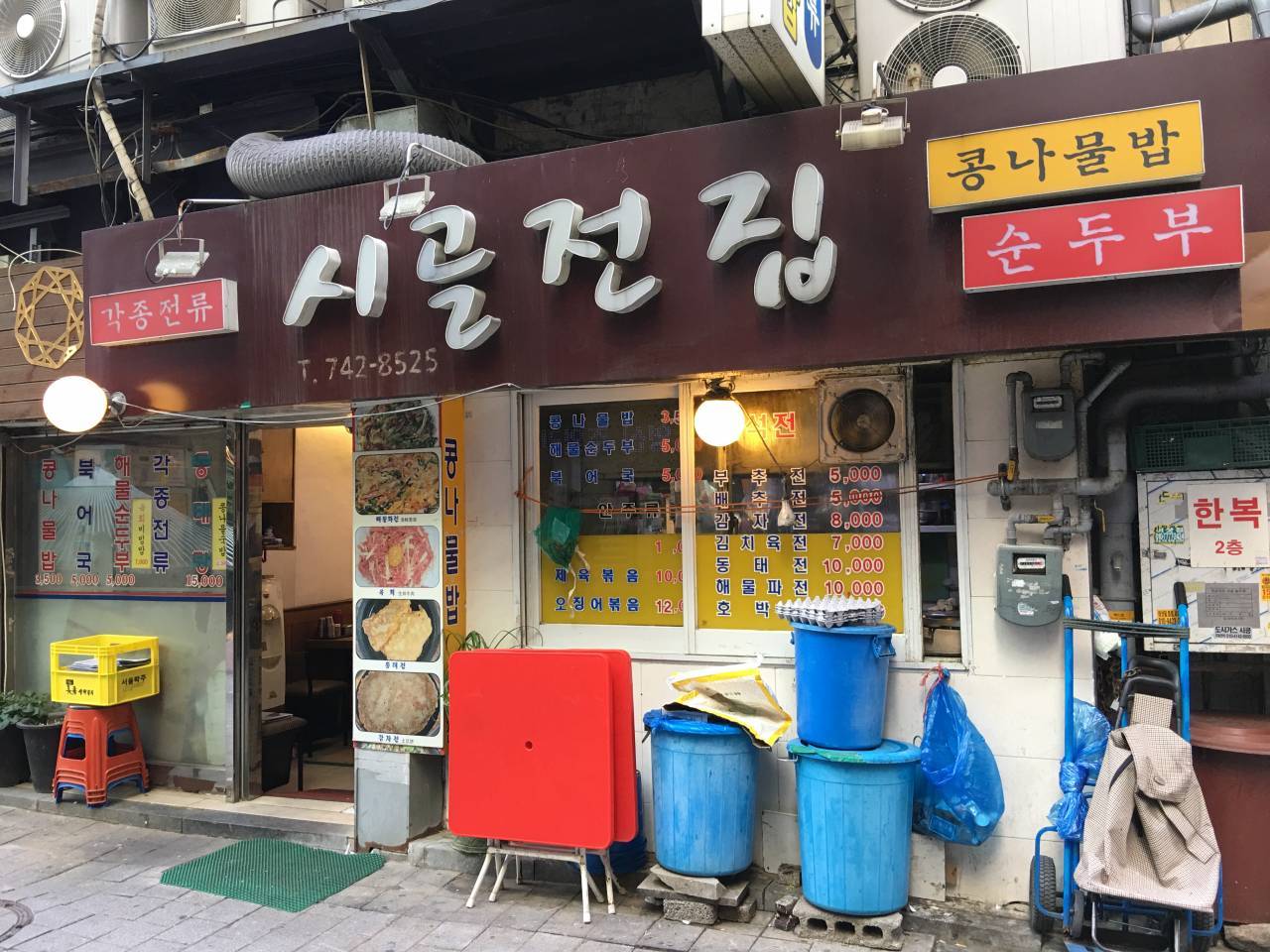
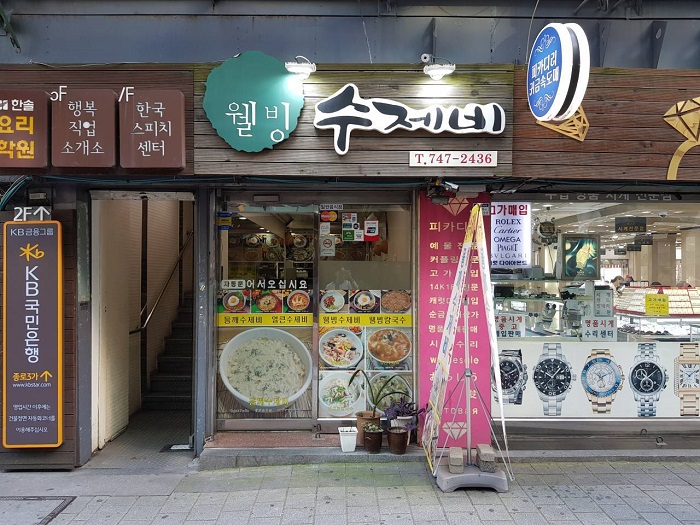
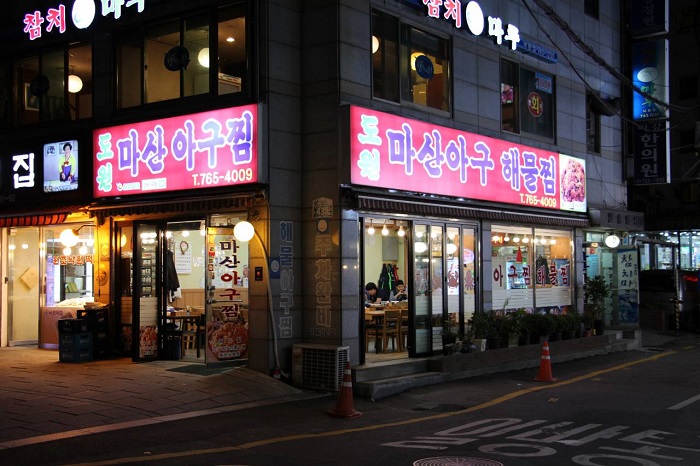
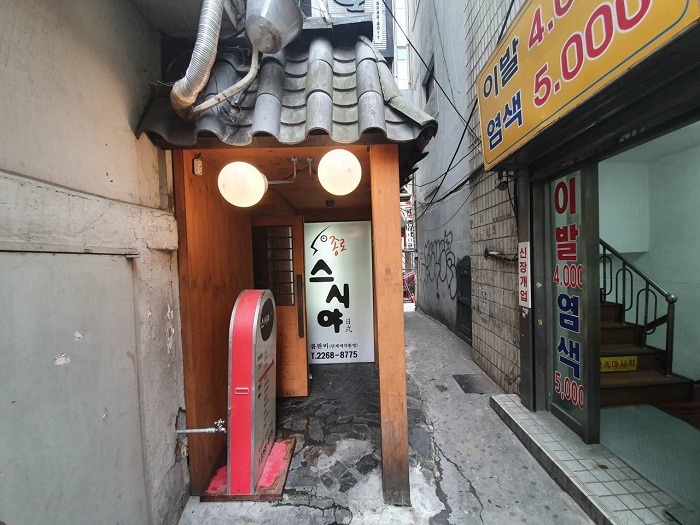

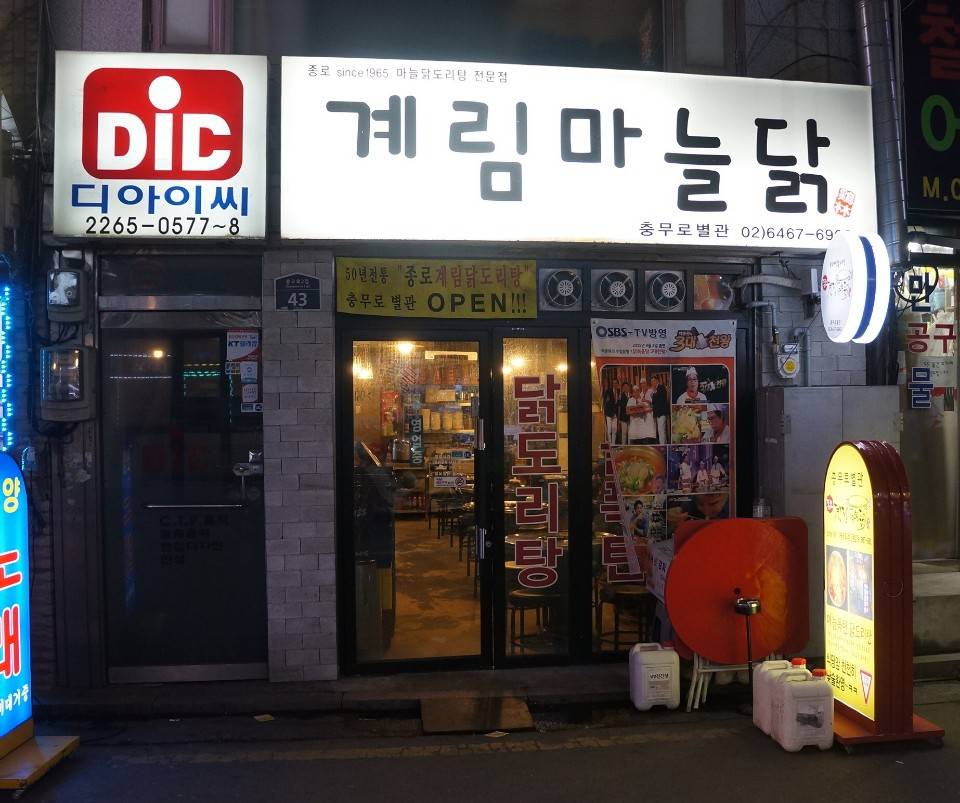
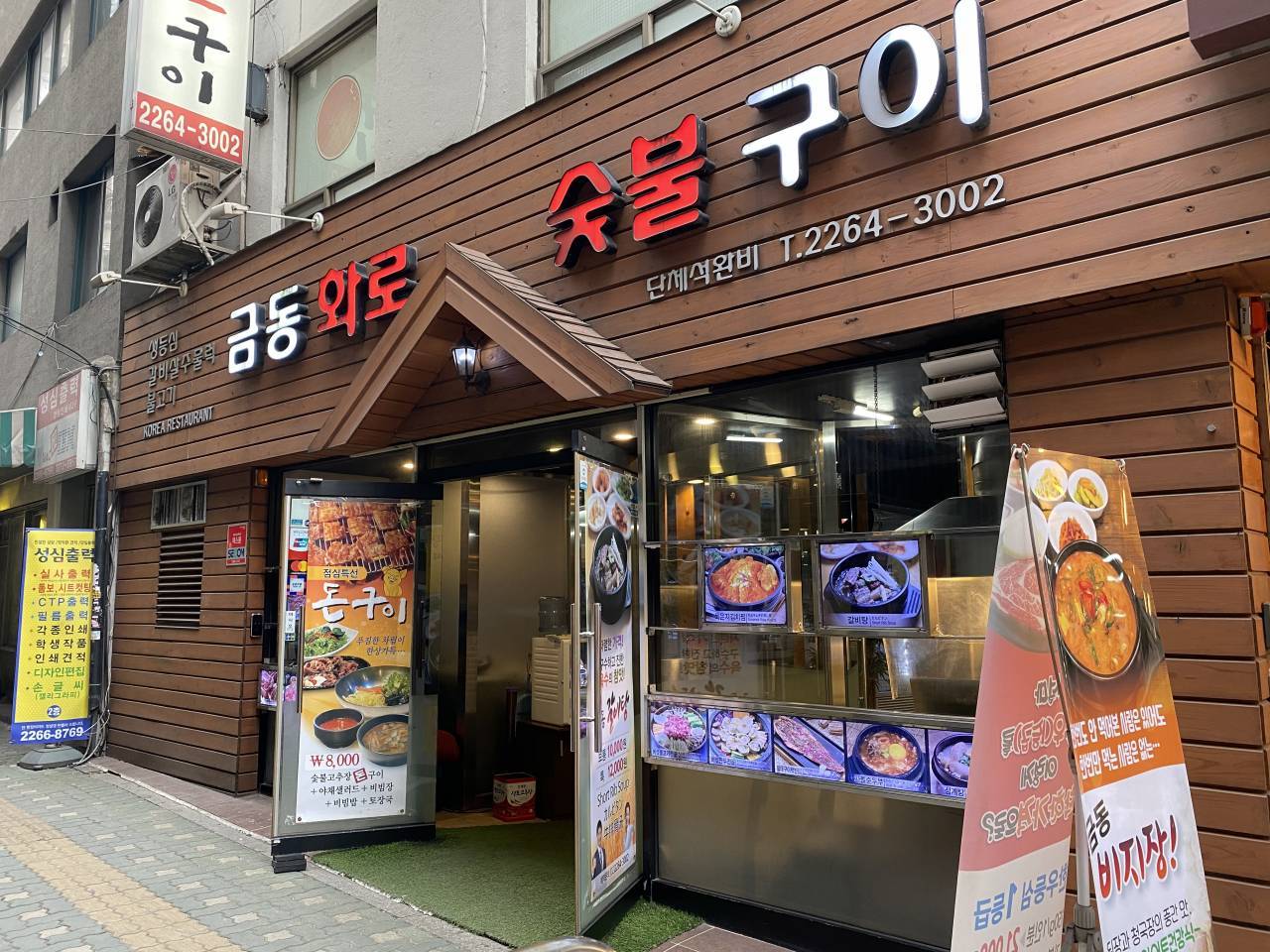
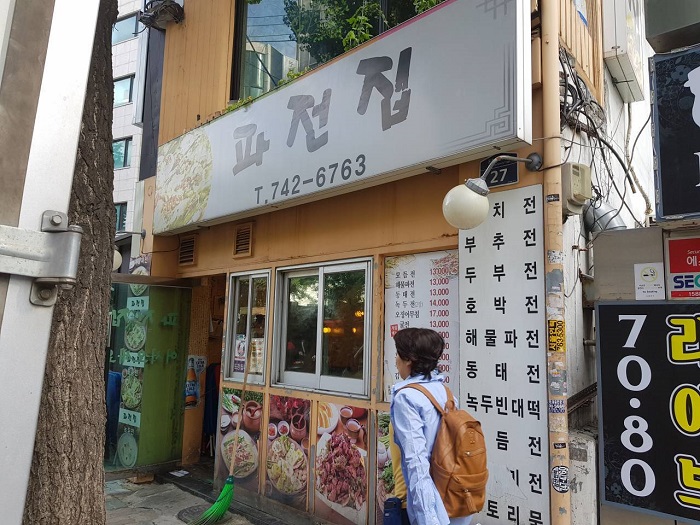
![Seochon Guest House [Korea Quality] / 서촌 게스트하우스 [한국관광 품질인증]](http://tong.visitkorea.or.kr/cms/resource/41/2447241_image2_1.jpg)
 Español
Español
 한국어
한국어 English
English 日本語
日本語 中文(简体)
中文(简体) Deutsch
Deutsch Français
Français Русский
Русский